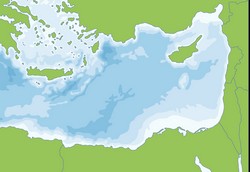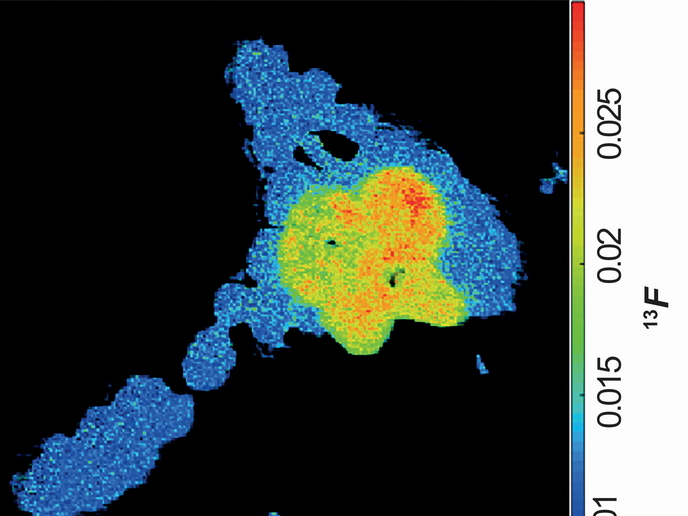Study of seeps and slides to safely extract gas from Mediterranean Sea
The Levantine Basin off the coast of Israel is a rich hydrocarbon area. With 25 trillion cubic feet of gas, it is one of the world's largest offshore gas finds of the past decade. Offshore construction such as undersea pipelines and oil rigs to develop these hydrocarbon reservoirs require detailed hazard assessments. Reliable data about frequency, causes and consequences of mass movements and their relationship with gas seepage is vital before safe recovery begins. The EU-funded GASTIME (Gas seeps and submarine slides in the eastern Mediterranean: Toward comprehensive geohazard prevention) project set out to study the shaping mechanisms behind gas seepage deep in the Levantine Basin and their connection to slope stability. Project partners performed an extensive geological examination of the Basin based on the seismic interpretation of 2D and 3D datasets. This data was then combined with information obtained from the Basin's boreholes and cores. Findings show evidence of fluid flow and associated features both in the deep Basin and adjacent Israeli continental shelf. The deep Basin's pipes indicate episodes of fluid flow activity during the mid and late Pliocene Epoch. These pipe structures may also pose a potential risk to deep water exploration and development. Another study revealed over 140 discrete mounded structures situated on the outer continental shelf off central Israel. Several pipe-like wipeout zones and bright spots together with phase reversals were identified below these mounds. This indicates their possible connection with deep-rooted fluids. The GASTIME team mapped and interpreted mass transport deposit units (MTDs) on the Basin's slopes. It also identified previously unrecognised structures that reveal different transport distance, mechanisms and kinematics for each MTD. Outcomes show that MTDs are key to the interaction with the ascending fluids from deep hydrocarbon sources. GASTIME will pave the way for safe hydrocarbon recovery by providing new insight into the geological processes that impact fluid flow systems in the Basin and its bordering continental shelf.







